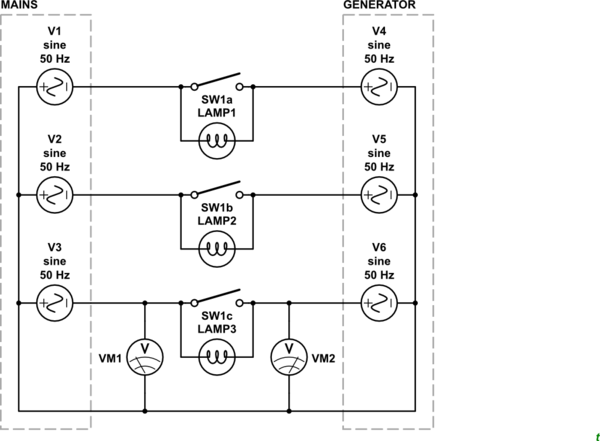I'm very new to the study of power grids and I'm having some trouble understanding some very basic concepts.
I have been looking at the problem of synchronisation on power grids and I'm not quite sure what a `phase' represents. Is there a reason that loads/consumers in a power grid are always treated as rotating machines (motors)? Also, when the equations refer to a phase do they mean the AC phase or the phase of generator/motor rotor? Are these the same thing?
Also another point of confusion is about power transmission. The first paragraph of the Wikipedia page, Synchronization (alternating current) says that
If two unconnected segments of a grid are to be connected to each other, they cannot exchange AC power until they are brought back into exact synchronization.
However this seems to be contrary to what I've read in papers such as this and this, which say that power transmitted, \$P_{\text{trans}}=P_{\text{max}}\sin(\theta_1-\theta_2)\$ meaning that power would not be transmitted if the phases are the same.
I think the problem is that I'm mixing up different concepts here. Any references for this subject would be greatly appreciated!
Edit: I thought I should summarise all the questions I'm asking here:
- Why are loads modelled as motors?
- Are the phases the phase of an AC sin wave or the angle made by a rotor (of a generator or motor)? Are these phases just the same thing and if so, why?
- When is power transmitted maximum--- when phases are the same or different?



